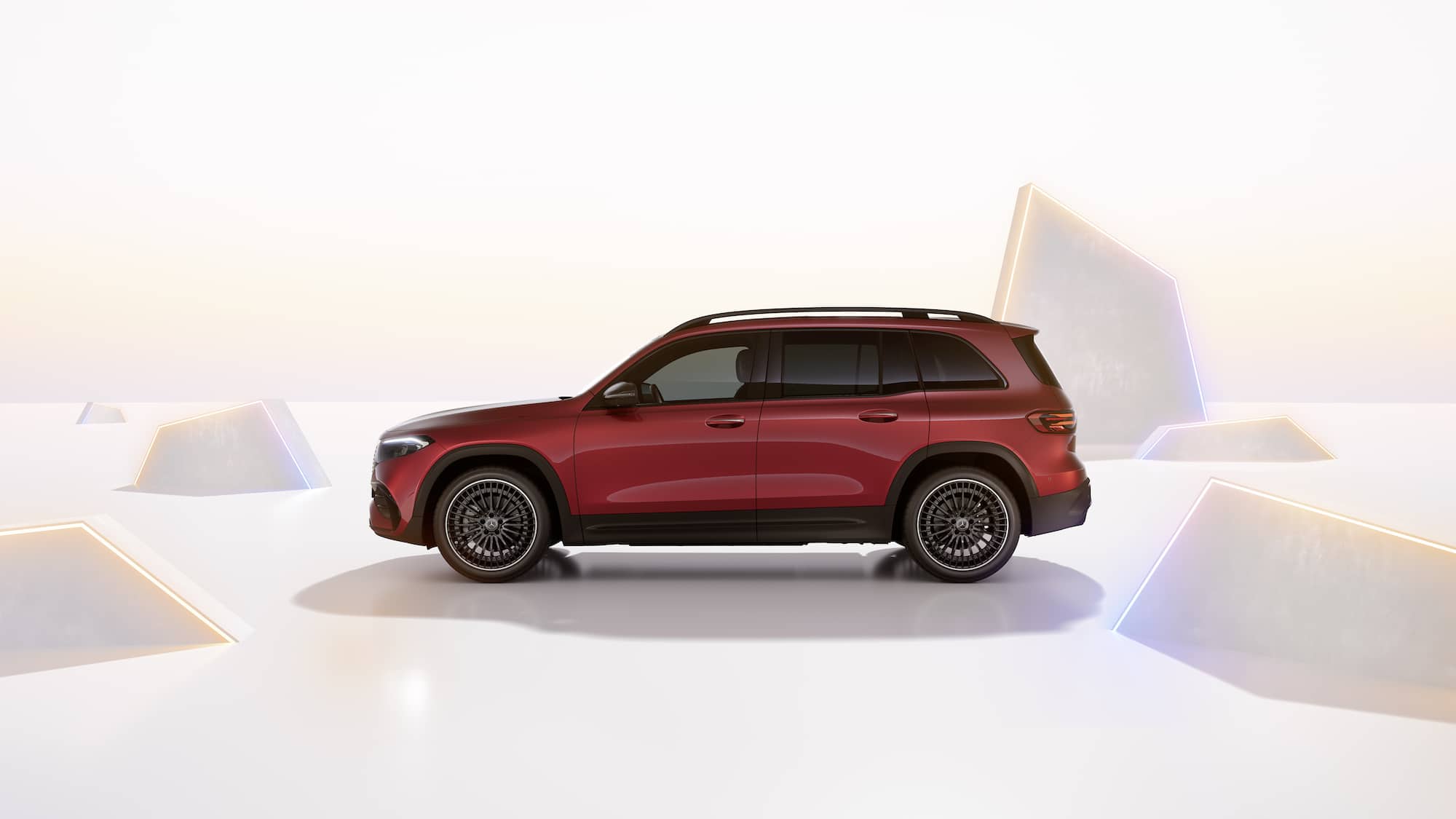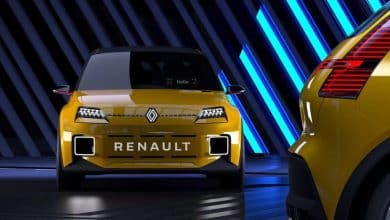Ford Escape Hybrid PHEV: hard landing

(Kelowna, British Columbia) There was the bold bet of the Mustang Mach-E. Then the successful renewal of the F-150 and the introduction of electrified engines. Not to mention, of course, the creation of the Bronco brand and the arrival of the Maverick compact pickup truck. Today, the integration of a plug-in hybrid version in the Escape range seems quite commonplace with its two-wheel drive …
Lagging behind Hyundai and Toyota, to name a few, Ford is introducing this transition technology – which has become essential to meeting CO emissions reduction targets.2 – aboard the Escape. An SUV which, even if it is no longer one of the favorites in its segment today, is nonetheless the second most important model, after the F-150, within the Ford family.

JOHN MASCHAK PHOTO, SUPPLIED BY FORD CANADA
In “series hybrid” mode, the electric motor is powered by a generator that the gasoline engine (a 2.5 L) is responsible for activating, such as a generator. In “parallel hybrid” mode, this same engine directly drives the front wheels.
To keep its promises of frugality, this vehicle must be loaded during each prolonged immobilization. The plug-in hybrid is tailored for those who make short commuting trips during the week and cover longer distances on the weekends.
The main feature of this two-headed engine is the possibility of filling up with kilowatts while driving, but also by plugging in, when stationary, like 100% electric vehicles. It takes a dozen hours on a domestic outlet and about three hours on a level 2 terminal.

JOHN MASCHAK PHOTO, SUPPLIED BY FORD CANADA
Expected, the Escape plug-in hybrid finally lands after several months of delay in a segment that already promises much more.
The Escape PHEV conceals this technology which allows it to travel, according to the American manufacturer, some 60 kilometers in an “all electric” configuration. This utility can operate in two configurations. In “series hybrid” mode, the electric motor is powered by a generator that the gasoline engine (a 2.5 L) is responsible for activating, such as a generator. In “parallel hybrid” mode, this same engine directly drives the front wheels. Yes, just the front wheels. This is a decision that may weigh heavily in the choice that the consumer will have to make since the direct competitors of the Escape all have all-wheel drive.
Contents
The Ford Escape Hybrid PHEV at a glance
Available prices $ 37,649 to $ 43,749
Visible in dealerships: now
WE love
Electric autonomy and cost price
Agile behavior, despite the weight
Pleasant and precise steering
We like less
Front seats lacking support
Gloomy presentation and soundproofing to review
Front wheel drive only
Our verdict
Too little, too late
If we can sometimes wonder, in certain regions of Quebec, about the relevance of such a training method, we have to recognize that it represents the criterion of choice of the majority of consumers. Especially when it comes to a so-called “utility” vehicle.

JOHN MASCHAK PHOTO, SUPPLIED BY FORD CANADA
The interior presentation is drab and uninspired. Of the two models tested, the quality was uneven and the amount of hard plastics was disappointing.
Indeed, only 10% of buyers prefer traction to the detriment of all-wheel drive in this segment. Ford management believes there is a playing card here.
Reduce your dependence
If desired, the driver can manage the operation of the hybrid system as closely as possible and induce – like all plug-in hybrid and electric vehicles – a special relationship with his vehicle. Using a push button at the foot of the center console, it is possible to tell the vehicle to operate in electric mode only or to conserve this energy for a later trip. On the other hand, this Ford retains full control over the dosage of the engine brake which acts as an energy recuperator when the foot is lifted.

JOHN MASCHAK PHOTO, SUPPLIED BY FORD CANADA
Depending on your body type, the seat cushions in the front will seem much too short, and the support they provide, non-existent.
The Escape PHEV reacted immediately, but its engine began to “spin” loudly in the air for a few moments. Blame it on the continuously variable transmission (CVT), which scares the voice of the 2.5 L when accelerating quickly or during vigorous pick-ups. This defect may seem in truth very relative, because we willingly go into the hybrid driving mode, which is a bit of the game – avoid load breaks, anticipate as best as possible – and, in any case, does not encourage aggressive driving.
Still, the Escape PHEV doesn’t mind getting shaken up a bit.
Its chassis is still among the best in its class. Its steering chisels turns with speed and precision. Braking is progressive and enduring.

JOHN MASCHAK PHOTO, SUPPLIED BY FORD CANADA
The technology of the Escape PHEV allows it to cover, according to the American manufacturer, some 60 kilometers in an “all electric” configuration.
As for the suspensors, they perform their job correctly – sometimes a little harshly – but never compromise the traction or agility of the vehicle. In short, the Escape PHEV does not have to be ashamed, on the dynamic level, of the comparison with its rivals which, at times, offer a more starchy ride (see “The competition” in screen 4).

JOHN MASCHAK PHOTO, SUPPLIED BY FORD CANADA
Of the two models tested, the quality was uneven and the amount of hard plastics was disappointing.
The contribution of the electric power unit is in terms of savings at the pump more than pure performance. In this last area, the Escape PHEV is not a dragster with an acceleration time of almost 9 seconds to reach the regulatory maximum speed on our expressways. Consumption, on the other hand, is much more spectacular, with an average of 5.2 L / 100 km obtained during this test and an electric range of 64 kilometers. Two records that will be tackled – with undoubtedly even more success – the apostles of electrification.
To revisit
While the majority of utilities in its class continue to grow and heavier, let’s salute the fact that the Escape remains, to this day, on a human scale, while being welcoming enough to fit four people on board. Their suitcases too? It’s more complicated. Its trunk, easy to access, does not provide a surface as impressive as a RAV4 Prime or an Outlander PHEV (the current generation). But that’s not the most crippling aspect of this vehicle. These are the seats. Those bolted to the front especially. Depending on your body type, their seats will seem much too short, and the support they provide, non-existent.

JOHN MASCHAK PHOTO, SUPPLIED BY FORD CANADA
While the majority of utilities in its class continue to grow and heavier, let’s salute the fact that the Escape remains, to this day, on a human scale.
To this recrimination, we must add a dull and uninspired interior presentation. Of the two models tested, the quality was uneven and the amount of hard plastics was disappointing. Even the faux wood appliqués of the Titanium version fail to enhance this interior devoid of all character.
Considering its eligibility for grants from both levels of government and its availability, the Escape PHEV deserves attention. But for its purchase to be meaningful, this model must be regularly recharged on an electrical outlet.
Transportation and accommodation costs associated with this reporting were paid by Ford Canada.
To consider

PHOTO PROVIDED BY LINCOLN
Lincoln Corsair
True, the gap is substantial (over $ 15,000), but the buyer of the Titanium version of the plug-in hybrid Escape might be tempted to look at the Lincoln Corsair Grand Touring. The latter derives closely from the Escape, but benefits, in addition to a higher residual value, from two electric motors, therefore from the four-wheel drive. As a bonus, the Lincoln offers little additional treats and a more generous warranty (4 years / 80,000 km compared to 3 years / 60,000 km). Finally, note that the Lincoln is eligible for the rebate ($ 4,000) of the Roulez vert program in Quebec. The Escape plug-in hybrid qualifies for that as well, as does the federal government’s $ 2,500 bonus.
Take-off delay

JOHN MASCHAK PHOTO, SUPPLIED BY FORD CANADA
Ford Escape PHEVs await their buyers.
Ignition delays, Ford is familiar with. The first customers of the Escape Hybrid PHEV waited almost a year before taking delivery. This time, the American manufacturer did not invoke the pandemic, the shortage of microprocessors or the quality of components from a supplier to explain this delay. The latter was rather caused by the investigation conducted by Ford to understand why some Kuga (the European version of the Escape) had caught fire when recharging. A manufacturing defect in certain batteries would be the cause of this problem which prompted the firm at the blue oval to recall 20,000 copies to its depositories.
Press will soon publish the test of the following vehicles: Ford Maverick, Infiniti QX60, Porsche Macan and Toyota 86. If you own one of these vehicles or are awaiting delivery, we would love to hear from you.
Technical sheet
Engines: 2.5 L naturally aspirated DOHC L4 powered by an electric motor connected to a 14.4 kWh battery
Power: 165 horsepower at 6250 rpm (200 horsepower with electric motor)
Torque: 155 lb-ft of torque at 4,500 rpm (combustion engine only, Ford does not reveal the torque achieved with the electric unit)
Weight: 1761.7 kg
Electric range: 60 km
Charging time (240V / Level 2): 3.3 hours
Transmission: continuously variable automatic (CVT)
Training mode: traction
Tires: 225 / 60R18
Tank capacity: 42.3 liters
Recommended gasoline: regular
Consumption: 5.2 L / 100 km
Wheelbase: 2710 mm
Length: 4585 mm
Height: 1564.6mm (excluding roof brackets)
Width: 1999 mm (excluding exterior mirrors)











